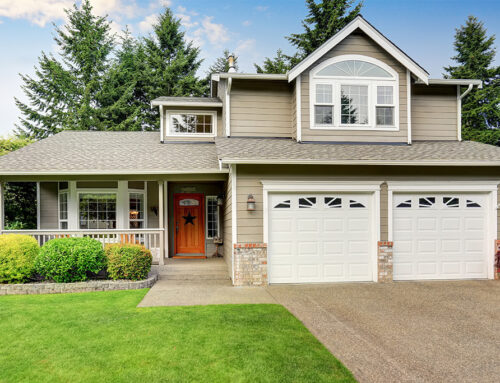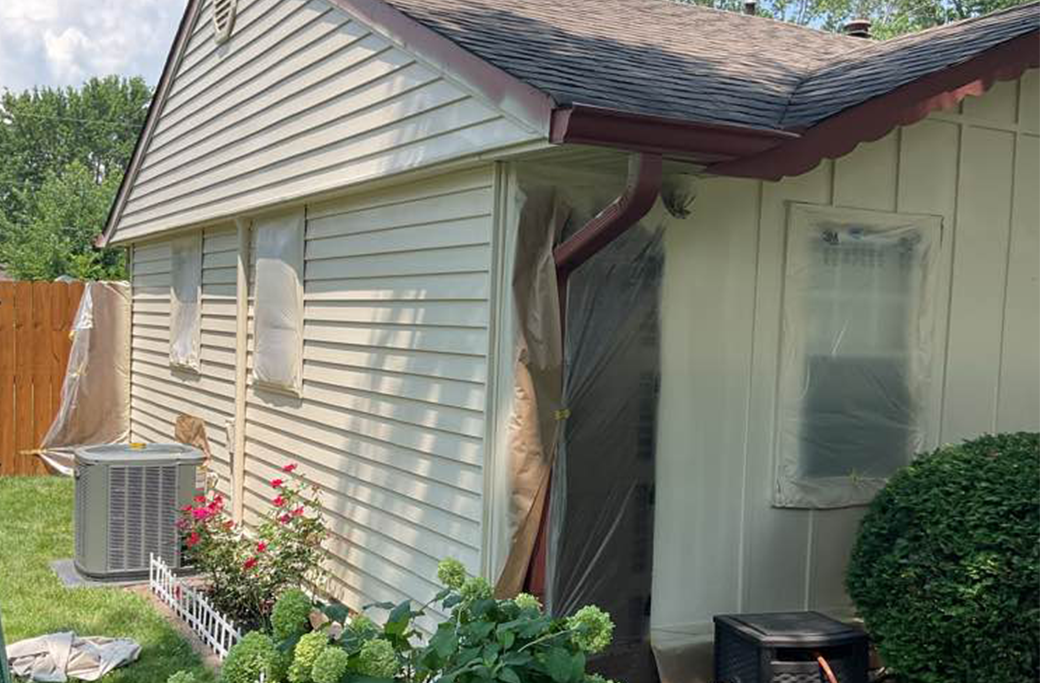
A fresh coat of paint does more than just boost your home’s curb appeal; it’s a fundamental line of defense against the elements. Here in Indiana, our homes endure a relentless cycle of weather extremes; from humid, sun-drenched summers to frigid, icy winters. These conditions can take a toll on your home’s exterior, making timely maintenance essential.
Knowing the right time for an exterior home repaint isn’t just about aesthetics. It’s a smart financial decision that protects your property value and prevents minor issues from turning into costly repairs. So, how do you know when it’s time to call in the professionals? We will walk you through everything you need to know about exterior house painting in Indiana, from understanding paint lifespan to recognizing the warning signs that your home is due for a refresh.
Understanding Paint Lifespan
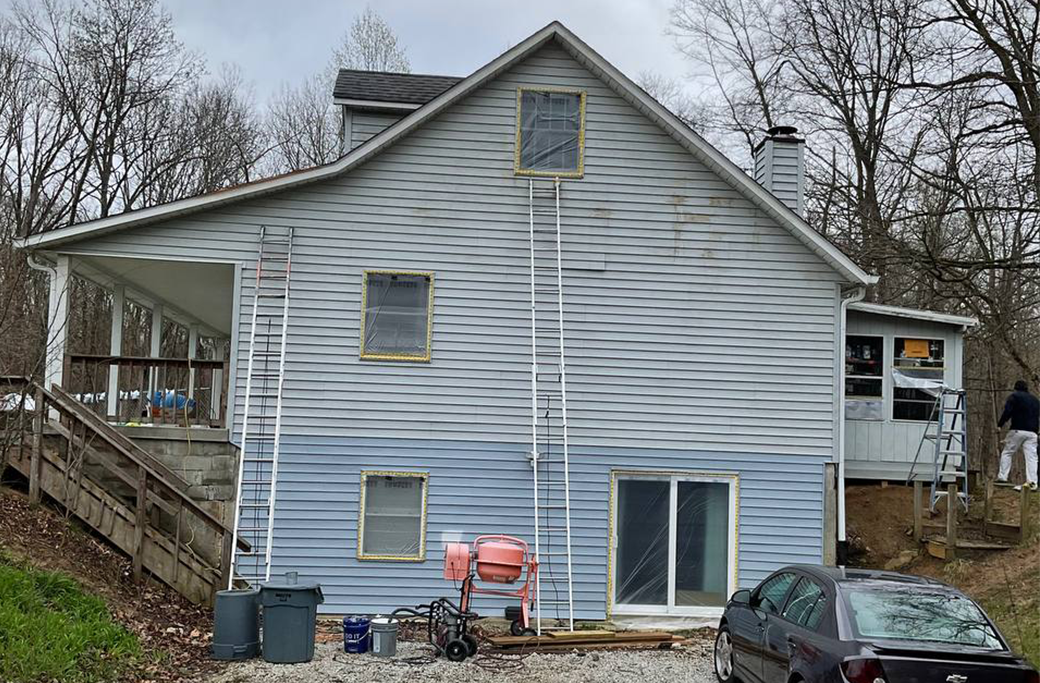
When considering how often to repaint your exterior in Indiana, it’s important to know that not all paints are created equal. The quality and type of paint used play a significant role in how long it will last.
- Premium Exterior Paints: High-quality paints, like those from PPG, Sherwin-Williams, or Benjamin Moore, are formulated with advanced resins and pigments. These can last anywhere from 10 to 15 years, offering superior resistance to fading, cracking, and moisture.
- Standard Paints: More budget-friendly options typically have a shorter lifespan, often lasting between 5 and 10 years. While they provide initial protection, they tend to break down more quickly under Indiana’s harsh weather conditions.
Of course, these are just estimates. Factors like direct sun exposure, frequent rain, and seasonal temperature swings can accelerate the aging process, leading to fading, peeling, and cracking sooner than expected. The key is to check for signs of wear regularly before they escalate into more significant problems.
How Different Materials Affect Repainting Frequency
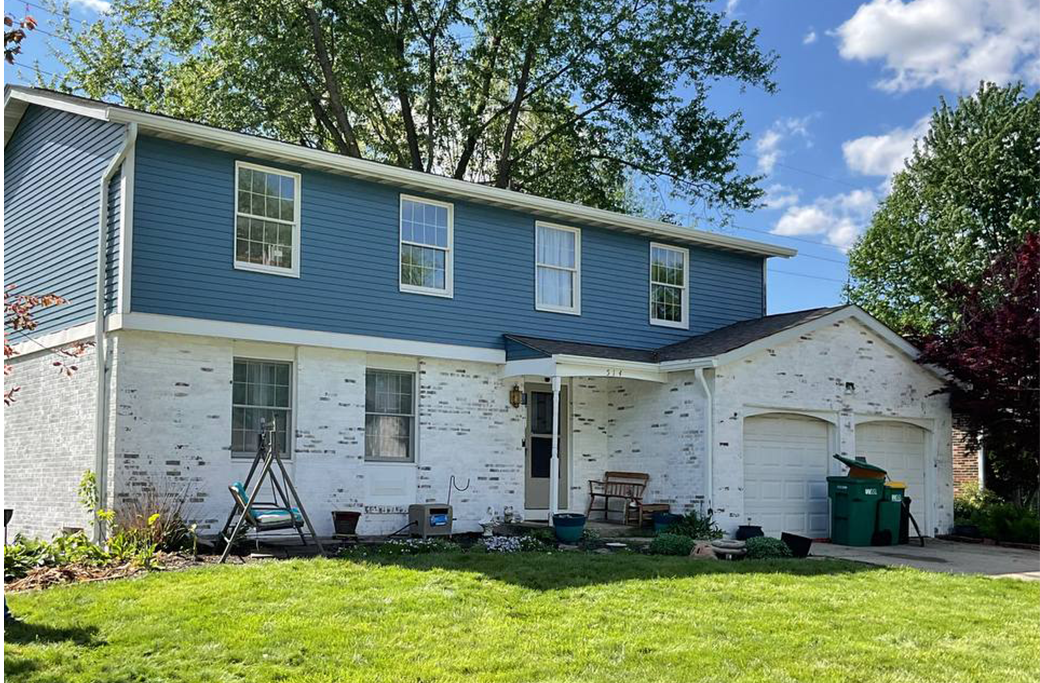
The material your home’s exterior is made of is one of the biggest factors determining repainting frequency. Each surface interacts with paint and weather differently, requiring its own maintenance schedule.
Wood
Wood siding is classic and beautiful, but it’s also one of the most demanding materials. It naturally absorbs moisture, which causes it to expand and contract. This movement can lead to cracking, peeling, and even rot if not properly protected.
| Repainting Frequency: Every 7–10 years with high quality paint vs 5-7 with standard paint
Vinyl Siding
Vinyl is a low-maintenance option that doesn’t require paint for protection. However, it can be painted to update its color or cover fading. Painted vinyl can last a long time, but intense sun exposure can cause the color to fade over time.
| Repainting Frequency: Can last 10-12 years with high quality paint vs 8-10 with standard paint, though touch-ups may be needed sooner.
Brick or Masonry
Brick is incredibly durable and often doesn’t need to be painted. If your brick is already painted, or if you’re using a specialty finish like a limewash, the coating can be very long-lasting. Proper surface preparation is critical for ensuring the paint adheres correctly and allows the brick to breathe.
| Repainting Frequency: A quality paint job on brick can last 15–20 years.
Indiana’s Weather and Its Impact on Your Paint
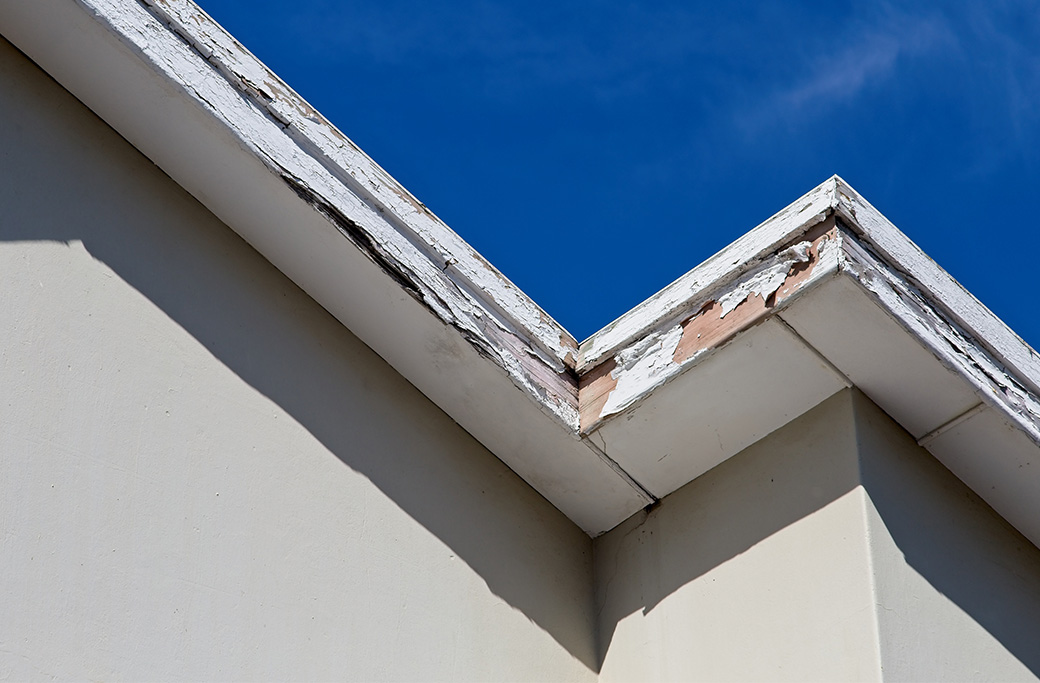
If there’s one thing Hoosiers know, it’s that our weather is unpredictable. These seasonal extremes are tough on your home’s exterior paint.
-
- Hot Summers: Intense UV rays from the sun break down the chemical bonds in paint, causing colors to fade and the finish to become chalky.
- Cold Winters: The freeze-thaw cycle is particularly harsh. Moisture that seeps into tiny cracks can freeze and expand, widening the cracks and causing paint to peel away.
- Rain and Humidity: Persistent moisture creates the perfect environment for mold and mildew growth, which can stain and damage your paint. It can also lead to wood rot if the paint barrier is compromised.
To combat these challenges, proper preparation and the right products are essential home exterior maintenance tips. Choosing a high-quality, weather-resistant paint and ensuring your surfaces are professionally prepped can significantly extend the life of your paint job.
Signs It’s Time to Repaint Your Home

Not sure if your home needs a new coat of paint? Walk around your property and look for these telltale signs.
Homeowner’s Exterior Inspection Checklist:
-
- Chalking: Do you see a powdery residue when you run your hand over the siding? This is a sign that the paint’s resin is breaking down.
- Cracking or Peeling: Are there visible cracks, blisters, or flakes in the paint? This exposes the underlying material to moisture.
- Fading: Is the color looking dull or uneven, especially on the side of your house that gets the most sun? Significant fading indicates the paint is no longer providing adequate protection.
- Mold or Mildew: Do you see dark spots or green patches, particularly in shaded, damp areas?
- Gaps in Caulk: Check the seals around windows, doors, and trim. Cracked or missing caulk can let in water, leading to bigger problems.
If you answered yes to one or more of these questions, it’s likely time to consider an exterior home repaint.
Protect Your Investment with Professional Painters
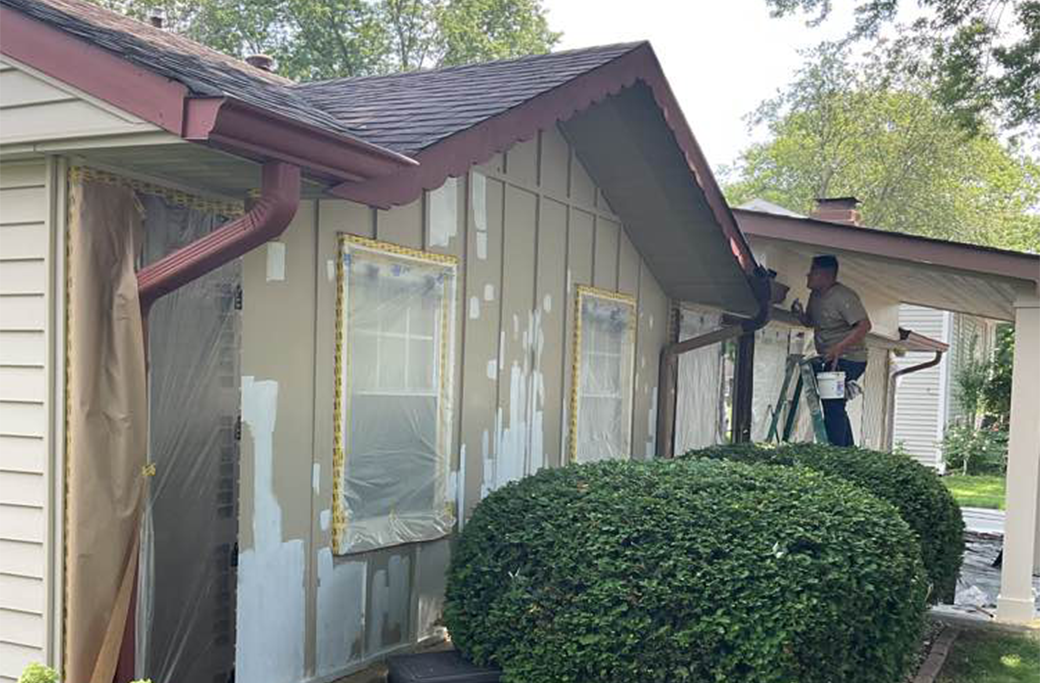
Choosing the right paint is only half the battle. The quality of the application is just as important for a long-lasting finish. While a DIY project might seem tempting, hiring a professional Indiana painting company offers several advantages.
At Indiana Painting, our team has over two decades of experience working with homes across the state. We understand the specific challenges of our climate and know which products and techniques will deliver the best results. Our process includes meticulous surface preparation (from power washing and scraping to caulking and priming) to ensure the paint adheres properly and provides maximum protection. Investing in a professional paint job not only saves you time and hassle but also ensures your home is protected for years to come.
How Often Should You Repaint Your Indiana Home’s Exterior?
Knowing when to repaint your home’s exterior is key to protecting your investment and keeping it looking its best. The ideal repainting frequency depends on your home’s materials, the quality of the paint, and its exposure to Indiana’s challenging weather. By regularly inspecting your exterior and looking for signs of wear, you can address issues before they become major problems.
If you’re seeing signs of wear or are unsure if it’s time for a repaint, don’t wait. Contact Indiana Painting today to schedule a free, no-obligation estimate. Our team of painters can assess your home’s exterior and provide a clear plan to protect and beautify your property for years to come.
|
Exterior Material |
Recommended Repainting Interval |
Key Considerations |
|---|---|---|
|
Wood Siding |
5–8 years |
Prone to moisture damage; requires thorough prep. |
|
Vinyl Siding |
8–12 years |
Resistant to rot, but color can fade in the sun. |
|
Brick/Masonry |
15–20 years |
Very durable; needs breathable paint if coated. |


